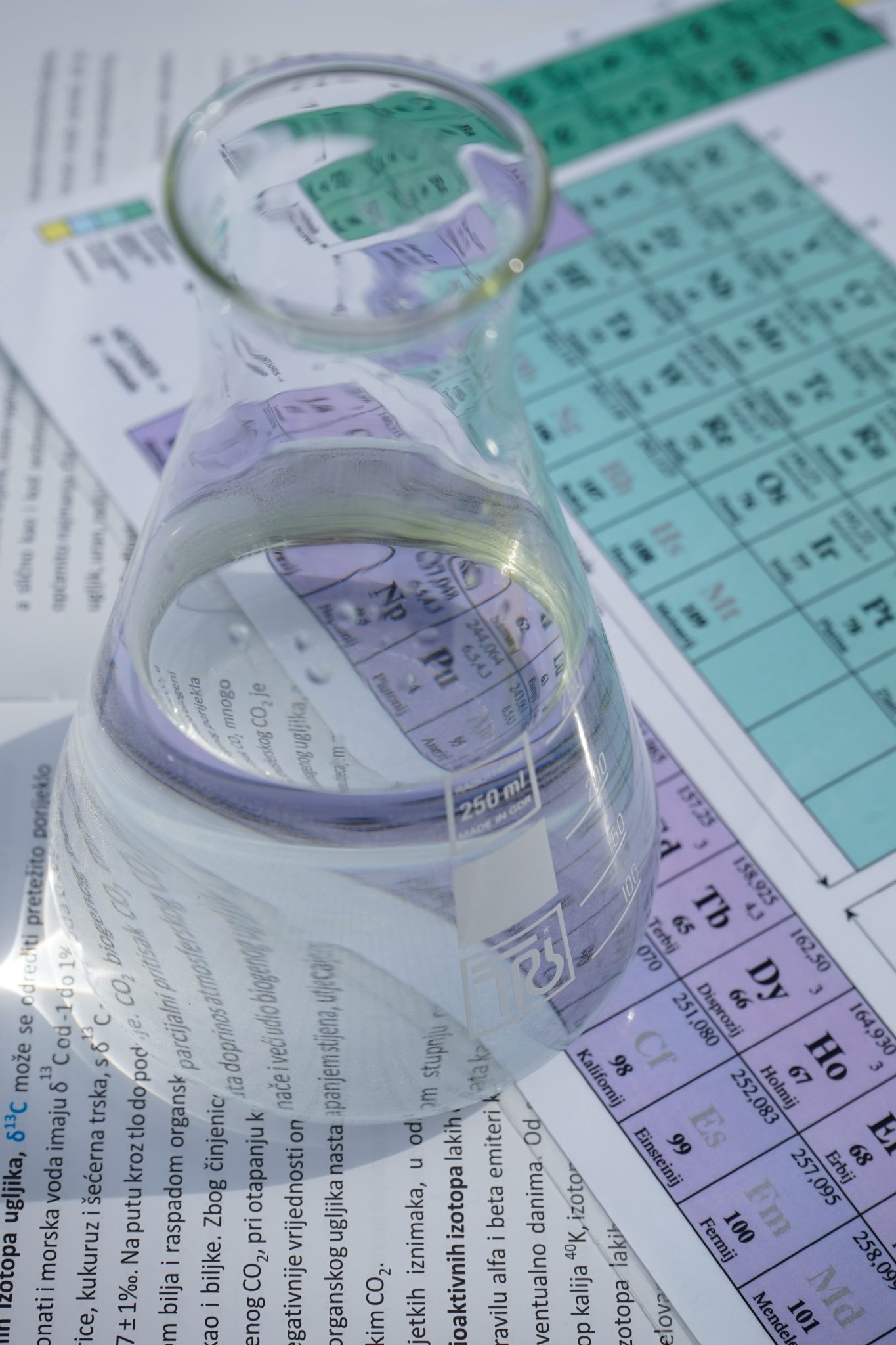Ensuring Compliance with Environmental and Safety Regulations in Your Plant
Whether it’s manufacturing, mining, agriculture, oil, or any other industrial setting, it’s vital to ensure an industrial plant complies with all environmental and safety regulations regarding cleaning, maintenance, and daily performance.
Failure to comply with or adhere to these regulations can result in serious consequences, including financial penalties, poisoning of the surrounding environment, or even employee injury or death.
But how do you ensure that your plant is compliant?
Check out our guide to staying on the right side of industrial safety compliance and environmental regulations. With detailed coverage of the latest requirements and tips on remaining compliant, you’ll have the information and tools to protect workers, customers, and the environment.
Environmental Regulations in Plant Operations
No less than 10 federal laws regulate air and water pollution, waste disposal, hazardous materials, and more. The Clean Air Act, Clean Water Act, and Toxic Substances Control Act (TSCA) are the three major pieces of legislation that ensure environmental protection during all plant operations.
Facilities need to be proactive in meeting all these requirements, which often vary by state and industry but usually include:
- Adopting or updating technologies that keep up with NESHAP, GHGRP, NSR, and NPDES certifications for clean operation
- Testing all equipment for leaks or performance issues for leaks AND completing repairs as soon as the damage occurs
- Conducting regular environmental audits to identify areas of concern or potential risks
- Engaging in green manufacturing practices, such as recycling materials, using renewable energy resources, or reducing landfill waste
- Storing hazardous materials safely and securely in color-coded, clearly labeled containers
- Checking on and regulating water use and wastewater management for optimized facility performance and reduced risk of contamination from daily plant functions
Additionally, plant operations managers need to make sure they have a containment plan in place should any spills occur, as well as a safety plan that outlines how to safely and correctly handle hazardous materials.
Various environmental regulations detail the necessities of this plan, and many plants have found better success in achieving containment protocols with the help of robotic process automation (RPA).
Robotic cleaning assistance during environmental disasters caused by spills or contamination can be a more effective tool than human workers. Robotic cleaning is faster and more efficient, thanks to its remote monitoring and operation features. This capability means a more optimized method of handling the disaster, reduced risk of long-term environmental damage or harm to employees, and a quicker return to normal operations.
Safety Regulations in Plant Operations
OSHA, or the Occupational Safety and Health Administration, sets forth regulations for plant operations designed to ensure worker safety. The key requirements are:
- Assessing all potential workplace hazards and taking necessary preventative measures
- Providing personal protective equipment (PPE) to all workers in high-risk environments
- Equipping all hazardous areas with fall protection, such as guardrails and harnesses
- Educating workers on the risks associated with their job tasks and providing proper training for each task.
- Following all regulations set forth by local, state, and federal agencies when handling hazardous materials.
- Ensuring that all electrical wiring is safe and up-to-date.
Furthermore, OSHA guidelines require plants to create visual safety reminders, such as signs and diagrams, in each work area. Additionally, systems must be in place that make it easy for workers to report any safety concerns.
When it comes to plants that use industrial tanks for processing, storing, or transporting hazardous materials, additional OSHA requirements exist that ensure safety, including:
- Adequate ventilation in tank areas to reduce the risk of dangerous gas buildup
- Using sensors to monitor pressure levels and other internal tank conditions
- Respirator equipment for tank cleaning & maintenance staff
- Keeping detailed logs of all maintenance and repair services for tanks
Adherence to these tank-specific regulations is easier when plant managers incorporate automated, robotic technologies. With robotic tank cleaning, monitoring, and maintenance, plants can reduce the risk of human error or tank accidents and create a safer working environment for their employees.
Benefits of Compliance With Environmental and Safety Regulations
Beyond ensuring a safe workspace and reduced risk of polluting the surrounding environment, complying with environmental and safety regulations can also provide several benefits for plant operations.
The most significant benefit is the avoidance of steep and potentially damaging financial penalties for non-compliance. OSHA and EPA fines range from $15K to over $156K per violation, with increased fines (and potential jail time) for repeat offenders.
Furthermore, investing in safety and environmental protection systems can also improve efficiency and reduce costs by helping to prevent accidents through better risk assessment.
Additionally, implementing OSHA-recommended automated technologies helps streamline operations and reduce downtime, increasing profits over time.
Compliance with these regulations can help build a positive public image for the plant, leading to more customers, clients, and investors. This outcome is especially important for plants operating in highly regulated industries such as pharmaceuticals or energy production, where stockholder confidence and public perception are critical to success.
Challenges and Solutions for Maintaining Compliance
While the benefits of maintaining optimal environmental and safety compliance protocols in a plant are many, it’s a challenging road to navigate for many facilities. The most common issues faced when maintaining compliance in a plant are cost concerns, staff training & engagement, and staying up-to-date on regulations.
But, with smart safety and environmental management, the right technology, and an engaged workforce, plants can rise to the challenge. The key is finding solutions that help address these issues without sacrificing performance or efficiency.
To address cost concerns, plants often invest in automated technologies to automate some of the workload, such as robotic equipment for tank cleaning and maintenance or data analytics software to assess risk better. These investments can help reduce labor costs while also improving safety and efficiency.
For staff training & engagement, it’s important to ensure that you properly educate workers on safety and environmental best practices. This process can involve holding regular training sessions, providing online resources such as webinars or e-books, or even offering incentives such as awards for staff members who display exceptional safety and environmental compliance.
Staying up-to-date on regulations will also be necessary to maintain proper compliance levels. Therefore, operations managers should appoint someone to monitor new and updated regulations regularly so the plant is continuously operating within the framework of the law.
Finally, plants should organize physical daily, weekly, and monthly safety and environmental inspections in conjunction with software assessment tools to help streamline the process. These inspections will provide valuable insight into compliance levels, helping to identify areas for improvement. It will also allow workers to express any safety or environmental concerns, which can help ensure that the plant operates at peak performance.
Protect Your Plant by Complying With Environmental and Safety Regulations
Ultimately, the key to success for any plant involves maintaining industrial environmental compliance and adhering to OSHA safety regulations. Remember that these regulations and protocols protect air, land, water, and workers from potential harm and help daily operations go on uninterrupted.
Plants can remain compliant with little effort while reaping the rewards of increased profits over time by investing in the right technologies and systems and adequately training and engaging their staff.
Find out how Ecorobotics can enhance the safety of your plant operations and help you meet compliance standards with advanced robotic technology.






I was recommended this website by my cousin I am not sure whether this post is written by him as nobody else know such detailed about my difficulty You are wonderful Thanks